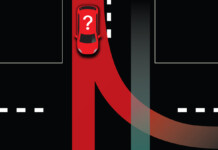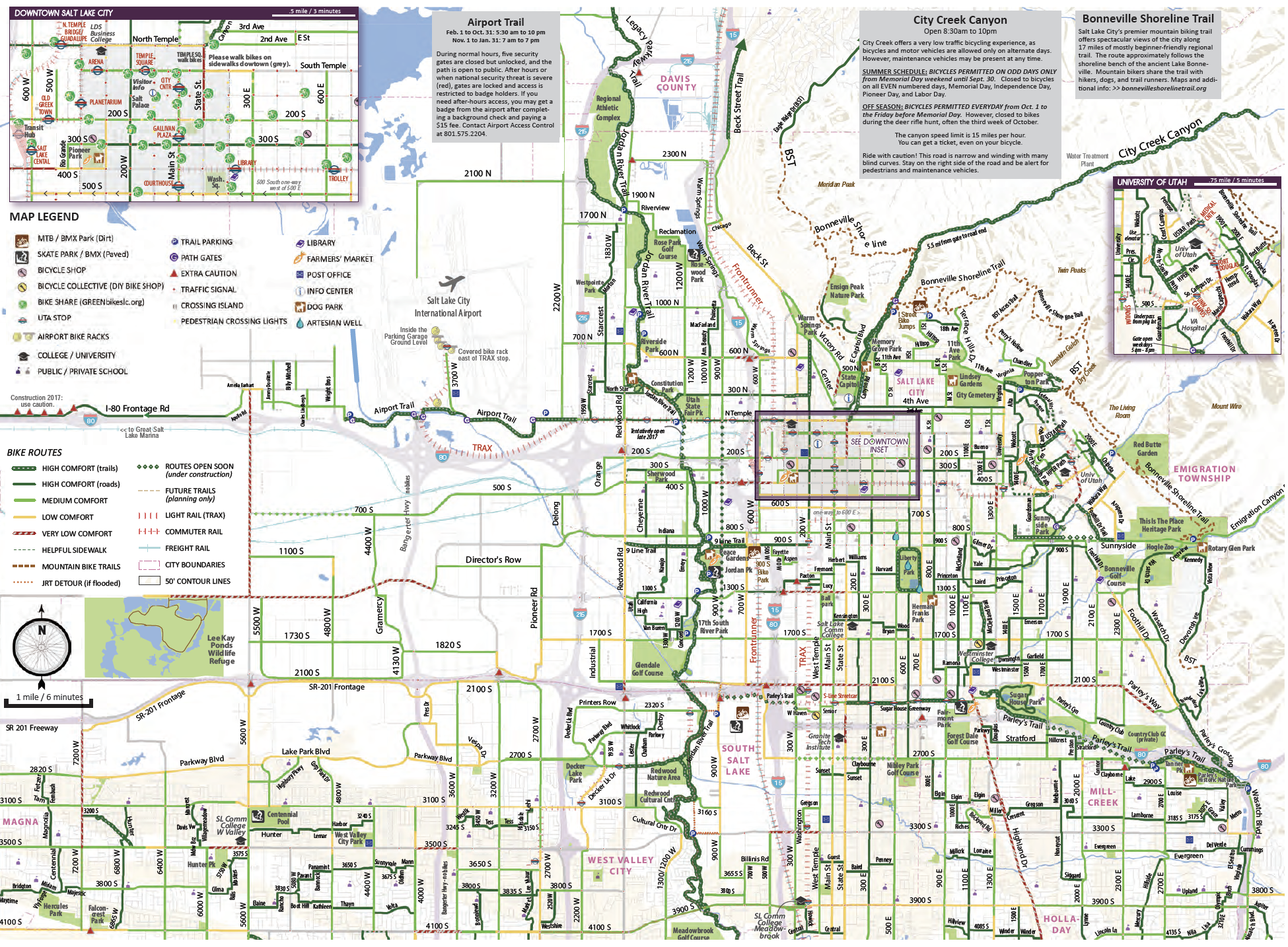By Ken Christensen and Russ Hymas —
Did the Idaho Stop legislation pass in Utah?
Unfortunately, Representative Carole Moss’s HB58 bill – commonly known as the “Idaho Stop” bill – did not become law this Utah legislative session. But it wasn’t due to lack of support. HB58 was modeled after the cycling law in place in Idaho for decades, and recently adopted or considered by other states, which allows cyclists to essentially treat stop signs as yield, and to proceed through red lights after stopping if safe to do so.
HB58 started in the House of Representative’s Transportation Committee, where it passed unanimously. The bill later passed the entire House floor with a vote of 58-11. It then had to go before a Senate committee and, finally, to the Senate floor for approval. The Senate Transportation Committee voted in favor of the bill, 4-1, leaving only the final hurdle of a Senate vote. The bill was scheduled to be voted on by the Senate on the final day of the session, but when the six-week legislative session ended at midnight on March 8th, HB58 was fourth on the list from being heard. As a result, the bill died on the Senate floor.
Given the support that HB58 garnered, we are hopeful that the bill will be heard again in 2019.
We’re any new Utah laws created for cyclists?
Yes! Senator Todd Weiler passed a new law that allows minors under the age of 18 to ride their bikes on sidewalks. Previously, Utah law allowed people to ride bikes on sidewalks as long as a city municipal code didn’t prohibit sidewalk riding. Unfortunately, several cities do prohibit bikes on sidewalks – no matter the age of the cyclist.
Our concern with the current law was that children may not be old enough to appreciate the danger of riding on a street and, even if they are, often times riding on the sidewalk is a safer option for younger children. So we asked Senator Weiler to change the law so that any city ordinance preventing sidewalk riding would only apply to adults.
The bill, SB177, passed through both the Senate and House with no opposition and was signed by Governor Herbert two weeks ago. This change was important for the safety of our kids and for injury claims where children are hit by a car in a crosswalk after riding on a sidewalk. Insurance companies were placing blame on the child for violating the sidewalk law. This simple change in the law takes that ridiculous argument away from the insurance companies and ensures that children can ride safely away from traffic on busy city streets.
What is a cyclist responsible for if he/she hits a pedestrian?
The law holds cyclists to the same standard as other individuals – they must act reasonably or they will be responsible for the harm they cause. So, if a cyclist is negligent and injures a pedestrian, he or she is responsible for all the pedestrian’s injuries and damages. However, most homeowner’s insurance policies will cover these types of claims and defend the cyclist. This means the insurance company will handle the claim for you, pay for an attorney if necessary, and even pay for the pedestrian’s damages. We encourage cyclists to review their homeowners’ policy to make sure they are covered! Alternate insurance options have recently emerged, with companies offering bicycle liability insurance for situations like the one described here.
What is PIP Insurance and How Does It Cover a Cyclist?
Personal Injury Protection or PIP is insurance coverage on every car insurance policy in Utah. It only applies to cyclists if they are involved in an accident with a car. If a cyclist collides with a car or a driver causes a cyclist to wreck (even if they didn’t make contact) then the cyclist can make a PIP claim.
PIP coverage provides at least $3,000 for medical treatment, $250 a week for lost wages, and up to $20 a day for help with household services the cyclist would have normally performed.
PIP coverage is also known as No-Fault Coverage – meaning that it is available to everyone involved in the accident no matter who’s at-fault. But once the $3,000 medical coverage is exhausted, the injured cyclist must use his or her health insurance to pay for additional medical treatment. In the case of an accident that was not the cyclist’s fault, then with the help of an attorney, the medical provider will typically agree to wait for payment until the injury claim is settled with the negligent driver’s car insurance company.
Ken Christensen and Russ Hymas are avid cyclists and Utah attorneys at UtahBicycleLawyers.com. Their legal practice is devoted to helping cyclists injured in collisions with motor vehicles. They are authors of the Utah Bicycle Accident Handbook and are nationally recognized legal experts on cycling laws and safety.












